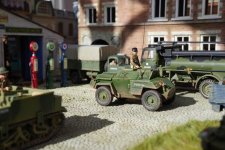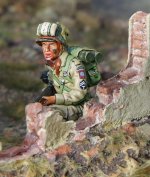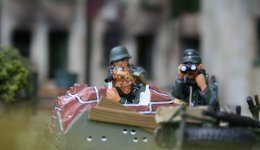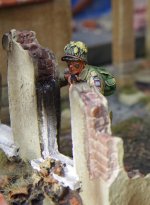wayne556517
Lieutenant General
- Joined
- Aug 28, 2007
- Messages
- 16,927
Love that plane
Love that plane
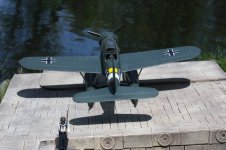
 SS comanders plan
SS comanders plan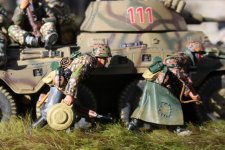 SS troops advance to assault positions
SS troops advance to assault positions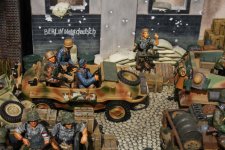 Luftwaffe troops prepare
Luftwaffe troops prepare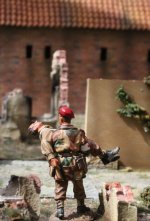 A hard fight ahead
A hard fight ahead
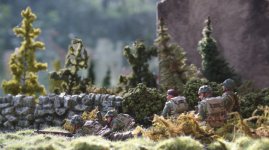
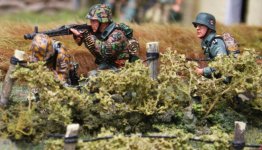
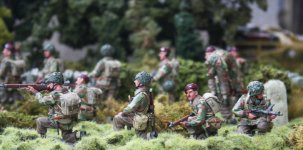
The Germans must have been staggered at the time, on where all these enemy troops were coming from, for awhile it must have seem like there was no end to the numbers. Robin.
The Germans must have been staggered at the time, on where all these enemy troops were coming from, for awhile it must have seem like there was no end to the numbers. Robin.

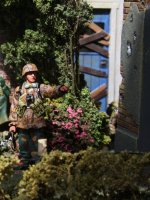
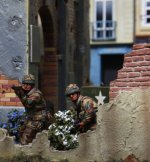
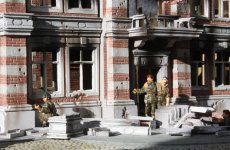
 extremely rare early K&C wooden Stugs
extremely rare early K&C wooden Stugs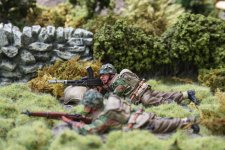
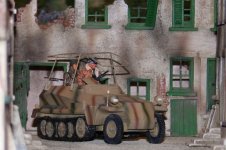 SPW - sdkfz 250/3
SPW - sdkfz 250/3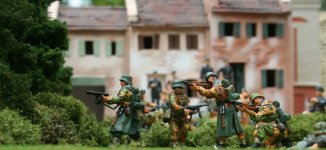 early K&C matte infantry with extremely rare, early K&C papier mache buildings made by Gordon
early K&C matte infantry with extremely rare, early K&C papier mache buildings made by GordonYou certainly get the feel of the ramping up of reinforcements Kevin. It seems every hour was time critical. Robin.
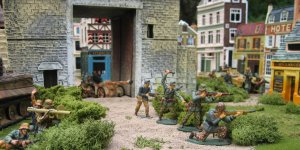
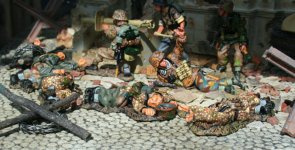
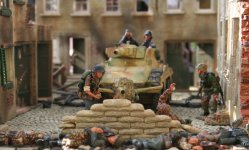

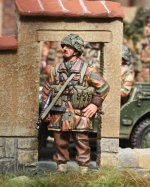
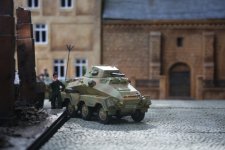
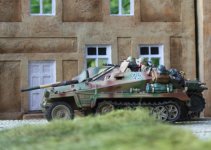
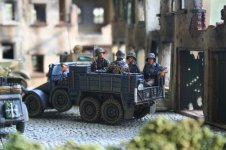
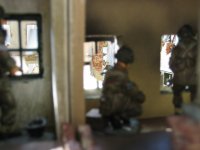
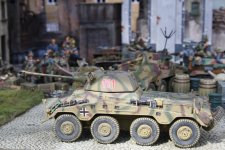
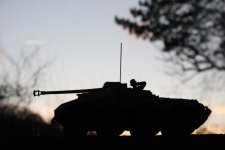
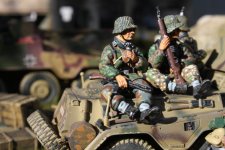
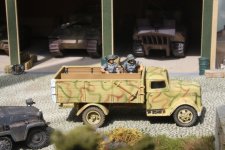

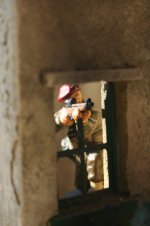
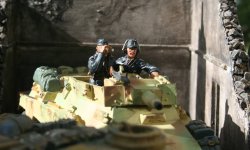
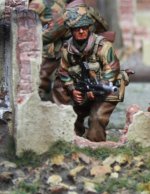
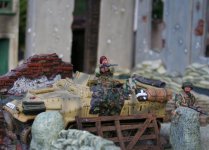
Please keep them coming Kevin, even if they are repeats. May this message find you well.
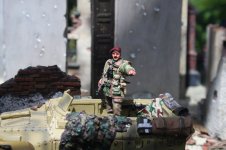 To my knowledge, the only 1/30 destroyed half track piece made, so it will continue to get a few airings from different angles with different figures.
To my knowledge, the only 1/30 destroyed half track piece made, so it will continue to get a few airings from different angles with different figures.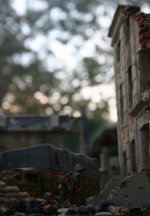
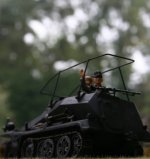
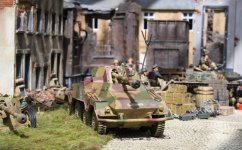
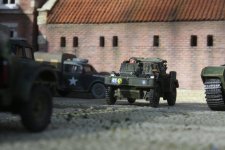 Guards recon on Hell's Highway
Guards recon on Hell's Highway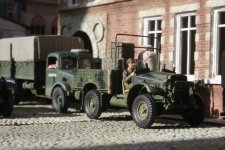 Traffic jammed
Traffic jammed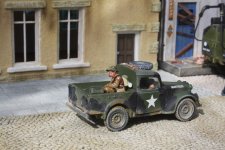 Hitching a ride with the ammo
Hitching a ride with the ammo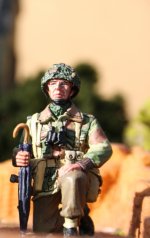
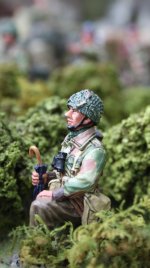
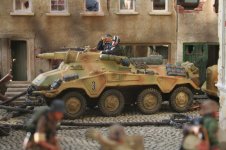
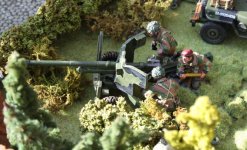
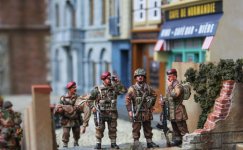
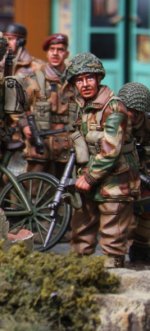 ready for a bayonet charge
ready for a bayonet charge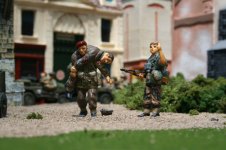 the last of 2 Para are captured
the last of 2 Para are captured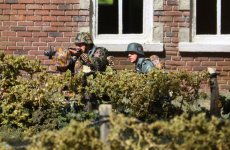
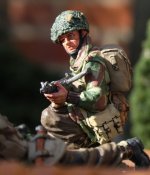
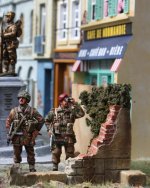 K&C made a Jack Grayburn figure - shown on the right
K&C made a Jack Grayburn figure - shown on the right 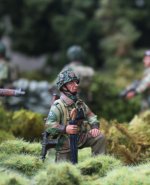
What a great story of a heroic man! I remember the character in the movie a Bridge too Far, telling the story of why he carried his umbrella. It was great chatting with you yesterday, Kevin! Stay safe, brother!:salute::
